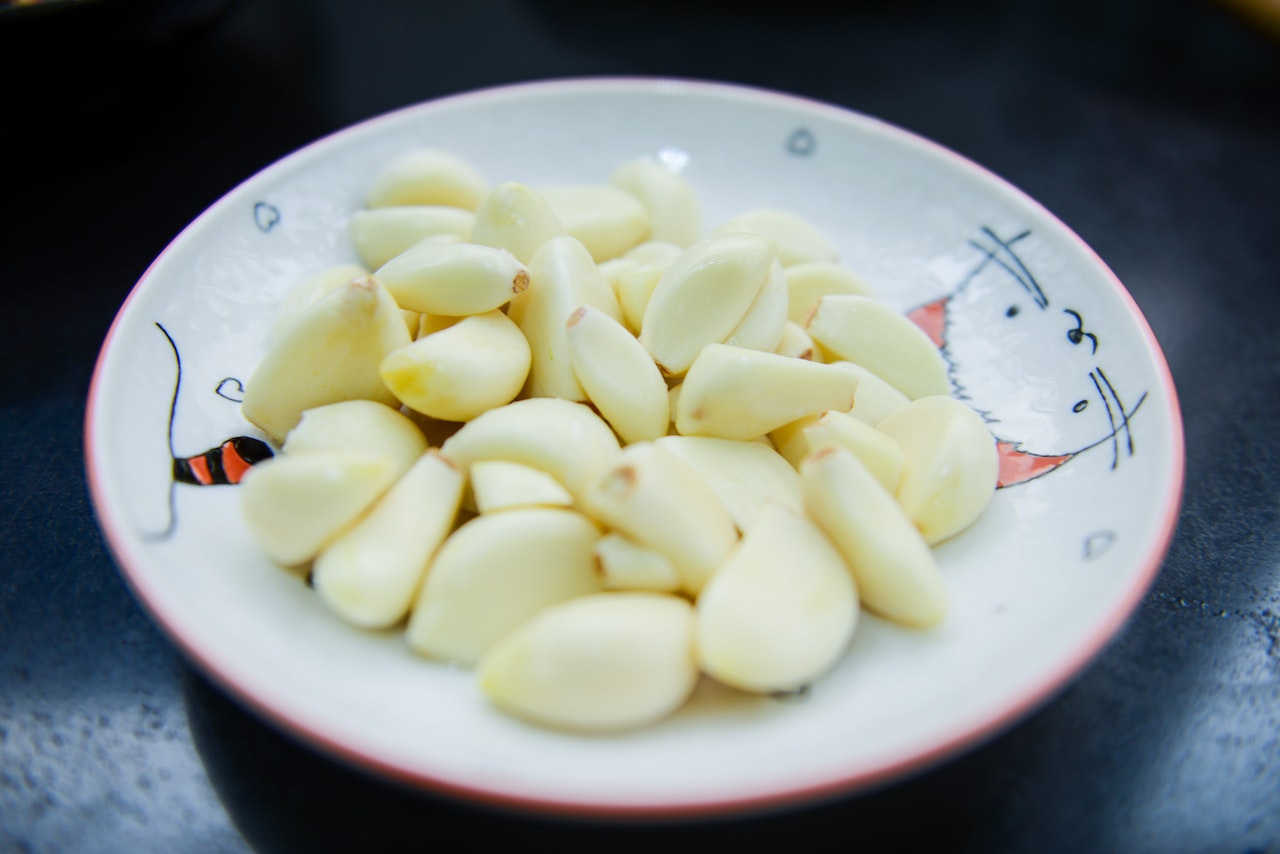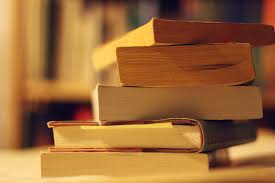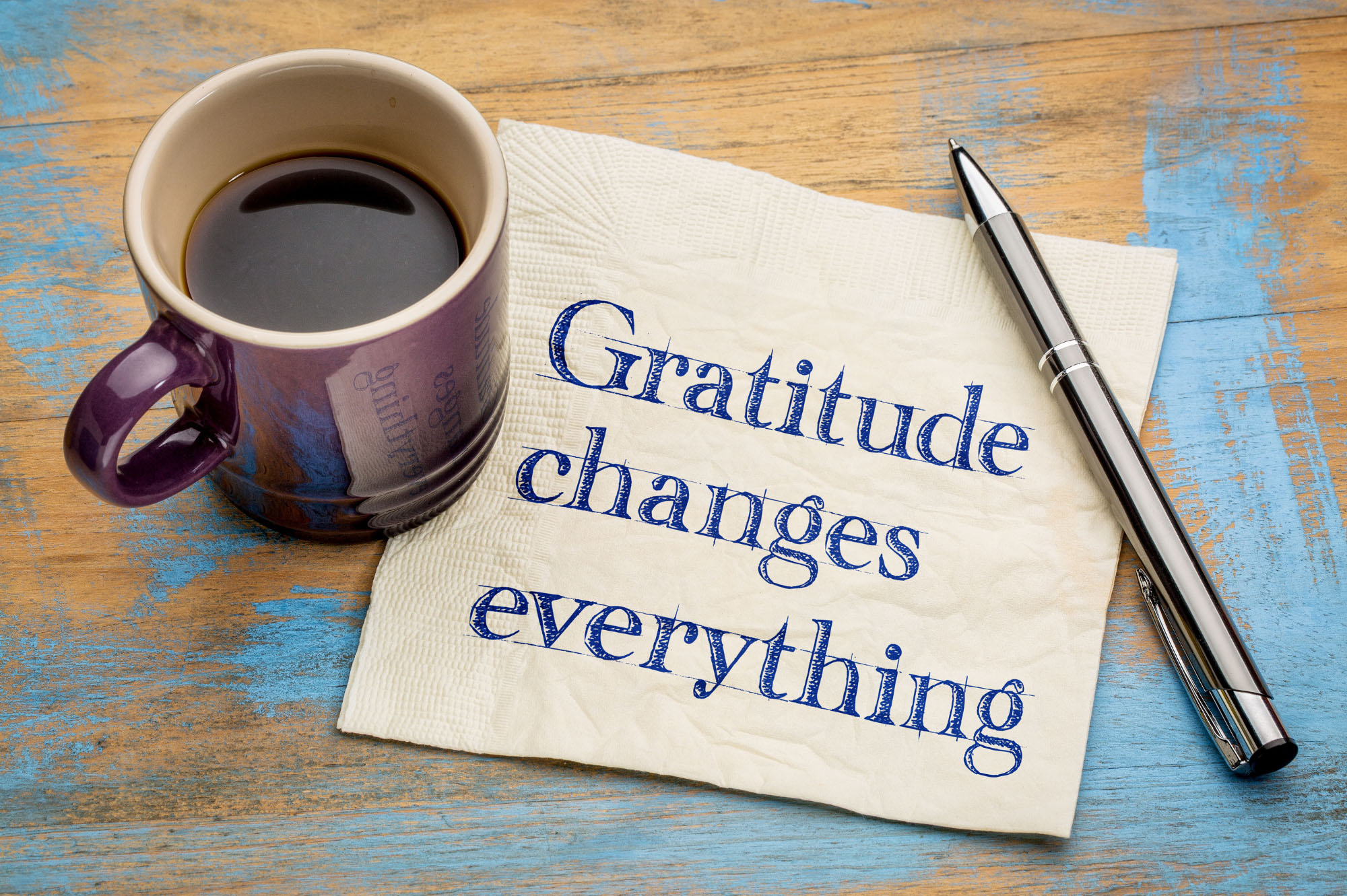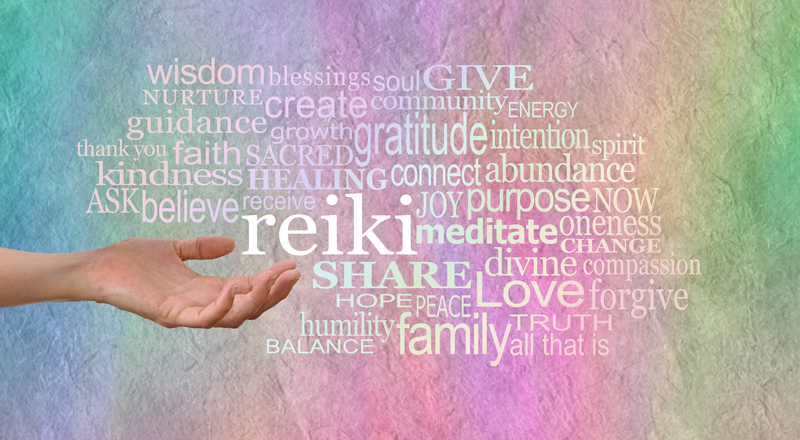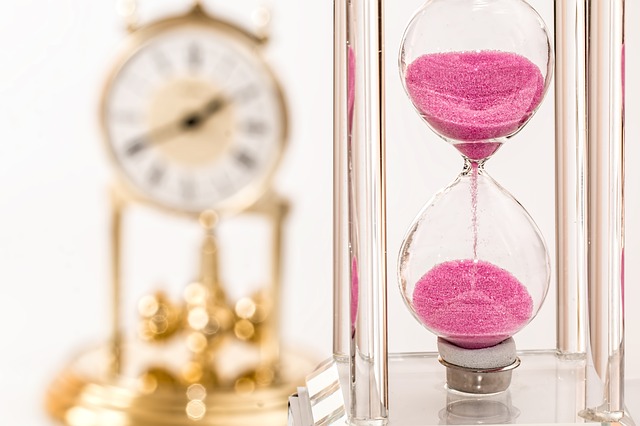If you’ve ever studied martial arts, yoga, or acupuncture, you may have heard the term “chi” before. Chi energy (pronounced “chee”) is a Chinese word that refers to the life force or energy that animates our bodies. This energy can be harnessed and channeled to bring about a variety of benefits. In this blog post, we’ll explore what chi is, how it works, and why understanding it can help you live a better life.
Chi energy is an essential component of our world. It’s the life energy that animates our bodies and that can be channeled to bring various benefits. Understanding the chi enables us to live better lives. Here, we will explore what Chi is, how it works, and some of the benefits that come from harnessing its power through the physical body.
What is Chi?
Chi is the life force energy that flows through all living things. It is also known as qi or ki energy. This energy animates the body and gives us the ability to move, think, and feel. Everyone has chi, but some people have more than others. The level of chi someone has can be affected by their age, health, lifestyle, diet, and environment.
As we mentioned above, chi is the Chinese word for life force or energy. This energy flows through our bodies and is responsible for our health and well-being. When our chi is balanced and flowing freely, we feel happy, healthy, and vibrant. However, when our chi is blocked or out of balance, we may feel sluggish, stressed, or ill.

There are a variety of ways to keep your chi balanced and flowing smoothly. Acupuncture and acupressure are two popular methods that work by stimulating specific points on the body known as acupuncture points or acupoints. These points are located along energy pathways called meridians. Stimulating the acupoints helps to unblock any stagnant energy and restore balance throughout the body.
Martial arts and meditation are also excellent ways to balance your chi. Martial arts help to move energy through the body while teaching discipline and focus. Meditation helps to still the mind and allows chi to flow freely throughout the body. Both of these activities can help to reduce stress, improve sleep, and boost overall health and well-being.
How Does Chi Work?
Chi flows through the body along channels called meridians. There are 14 main meridians in the body, each associated with a different organ system. This is of critical value to understand. When chi flows smoothly through these channels, we experience good health and body heat. However, when there is a blockage in the meridian system, it can lead to physical or emotional imbalances. And that can be very dangerous.
There are many ways to unblock these channels and improve the flow of chi. Some energy work methods include acupuncture, acupressure, massage, meditation, yoga, tai chi, and qigong. Simply being aware of chi and making an effort to live in harmony with it can also make a big difference.
What are the Benefits of Having a Good Flow of Chi?
There are many benefits to having a good flow of chi in the body. Some of these include improved circulation; increased personal energy levels; better sleep; reduced stress; improved digestion; enhanced immunity; and improved mental clarity and focus. When chi flows smoothly through the body, we can function at our best physically and emotionally. This is true power.
In the world of neigong practice, there are many different techniques and methods that practitioners can use to improve their chi. One of the most popular and well-known methods is reverse breathing. Reverse breathing is a technique that uses the opposite of what the body normally does when inhaling and exhaling. This method is said to be very effective in improving chi circulation and building up internal pressure.
In addition, to reverse breathing, advanced traditional Chinese medicine (ATCM) is also a popular method for improving chi. ATCM is based on the belief that there are four main pillars of health: qi, blood, yin, and yang. By keeping these four pillars in balance, practitioners can achieve optimal health. ATCM focuses on using natural herbs and remedies to help restore balance within the body.
How to Use Reverse Breathing to Improve Chi Circulation
Reverse breathing is a technique that uses the opposite of what the body normally does when inhaling and exhaling. This is opposed to Normal Breathing.
Normal breathing is when the body inhales, and the stomach expands and moves upwards, pushing the stomach out. When exhaling, the diaphragm relaxes and moves downwards, pushing the stomach in.
With reverse breathing, practitioners breathe in by pushing the stomach inwards and breathe out by pushing the stomach out. The goal is to try to move the upper part of the chest as little as possible.
This technique helps to increase chi circulation, build up internal pressure and gain inner strength. To get started with Reverse Breathing, find a comfortable place to sit or lie down. Place one hand on your stomach and one hand on your chest.
- Take a few Normal Breaths and relax.
- Then, breathe in through your nose, gently pushing your stomach in. You should feel your perineum rising as you inhale and it can feel uncomfortable until you get used to it.
- Breathe out through your nose as well, gently pushing your stomach out as you do so.
Practice this technique for 10-15 minutes each day to help improve Chi circulation.
Reverse breathing also has a calming effect on the mind and nervous system. This is due to the fact that when we breathe normally, our sympathetic nervous system (SNS) is activated. The SNS is responsible for our “fight or flight” response, which releases stress hormones like adrenaline and cortisol into our system. When we practice reverse breathing, we activate our parasympathetic nervous system (PNS), which has a calming effect on our minds and body.
I don’t think I need to tell you that this Chi practice is complementary to Reiki. Both help you open the energy body and improve your intuition.
How ATCM Can Help Improve Chi Balance
As we spoke before, Advanced traditional Chinese medicine (ATCM) is based on the belief that there are four main pillars of health: qi, blood, yin, and yang. By now you should know that Chi is the vital energy that flows through the body and is responsible for all functions and activities taking place within it. Blood provides nutrients and oxygen to all cells in the body and helps remove waste products from them. Yin represents everything that is feminine, negative, passive, dark, cold, moon-like, watery, downward-flowing, contracting, and absorbing within the universe. Yang represents everything that is masculine, positive, active, light, warm, sun-like, firey, upward-flowing, expanding, and giving off energy within the universe.

ATCM practitioners believe that optimal health can only be achieved when these four pillars are balanced within the body. An imbalance of any one of these pillars can lead to disease or illness.
Traditional Chinese medicine practitioners use a variety of techniques to help restore balance within the body. These techniques include acupuncture, moxibustion, cupping, dietary therapy, tui na (massage therapy), and qigong.
Advanced Traditional Chinese Medicine Techniques for Enhancing Chi Flow
There are many different techniques that can be used to enhance chi flow in the body according to advanced traditional Chinese medicine principles. These techniques include acupuncture, acupressure, cupping, moxibustion, and qigong. Each of these techniques has its own unique benefits that can help to improve overall health and well-being.
Acupuncture is perhaps one of the most well-known traditional Chinese medicine techniques. It involves inserting thin needles into specific points on the body known as acupuncture points or acupoints. Acupuncture stimulates the release of endorphins, which have pain-relieving and mood-enhancing effects. It also promotes blood flow and balances hormones in the body.
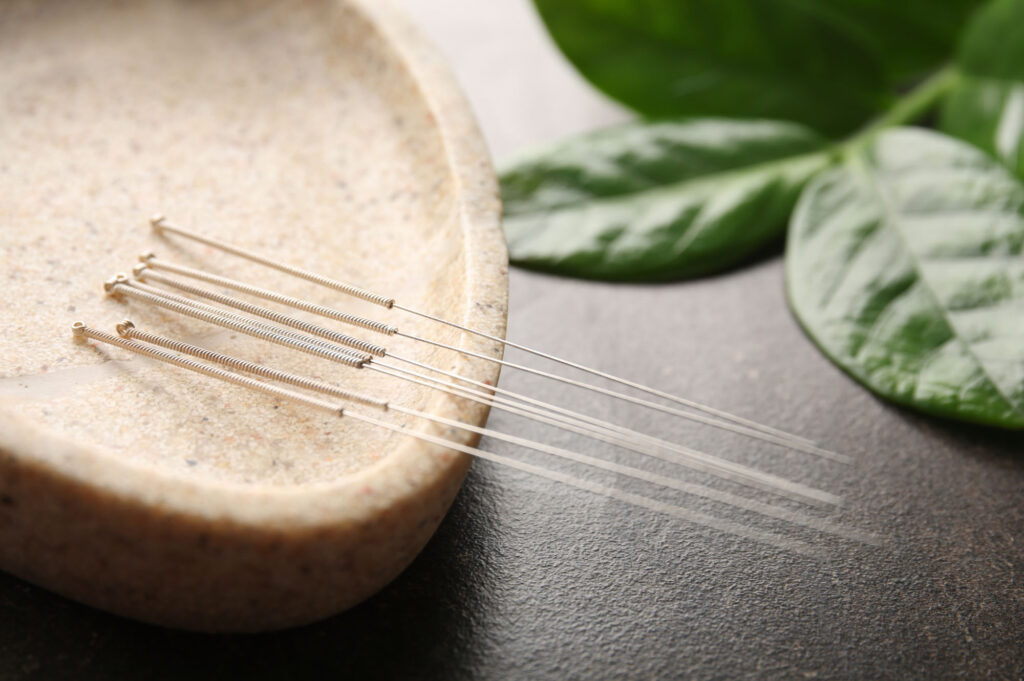
Acupressure is similar to acupuncture but instead of needles, pressure is applied to acupoints with the fingers or palms. This technique can be used to relieve pain, tension headaches, nausea, anxiety, and fatigue. Cupping therapy is another popular traditional Chinese medicine technique that uses glass cups to create suction on specific areas of the skin. Cupping helps to relieve muscle tension, promote blood flow, reduce inflammation, and ease the pain.
Moxibustion is a technique that involves burning dried herbs near acupoints on the skin. The heat from the burning herbs helps to stimulate blood flow and promote healing in both superficial tissues as well as deep within the muscles and joints. Qigong is a form of exercise that combines movement with breathwork and meditation. Qigong helps to improve balance, flexibility, strength, circulation, immunity, and overall well-being.”
Acupuncture involves inserting thin needles into specific points on the body known as acupuncture points or acupoints. Moxibustion is a technique that involves burning dried mugwort leaves over specific points on the body. Cupping is a technique that uses suction cups placed on specific points on the body. Dietary therapy involves making changes to one’s diet in order to correct imbalances within the body. Tui na is a form of massage therapy that uses specific strokes and pressure points on the body.
Qigong consists of various exercises designed to promote balance within the body but we won’t talk about it now.
Other Important Remarks
In this post, we’ve discussed some advanced chi concepts through reverse breathing and advanced traditional Chinese medicine principles. We’ve explored how these two concepts are related and how they can be used to improve your neigong practice. Reverse breathing has many benefits including increased energy levels, improved circulation, and enhanced detoxification. Advanced traditional Chinese medicine practitioners use a variety of techniques to restore balance in chi flow throughout the body including acupuncture, herbal remedies, and qigong. By utilizing these techniques, you can improve your overall health & well-being without doctors.
Chi is an important component of our world that often goes misunderstood. It’s the energy that animates our bodies and that can be harnessed to bring about a variety of benefits. Understanding chi enables us to live better lives by keeping our energy balanced and flowing smoothly. Try incorporating some of the activities mentioned above into your daily routine to help keep your own chi in balance!

